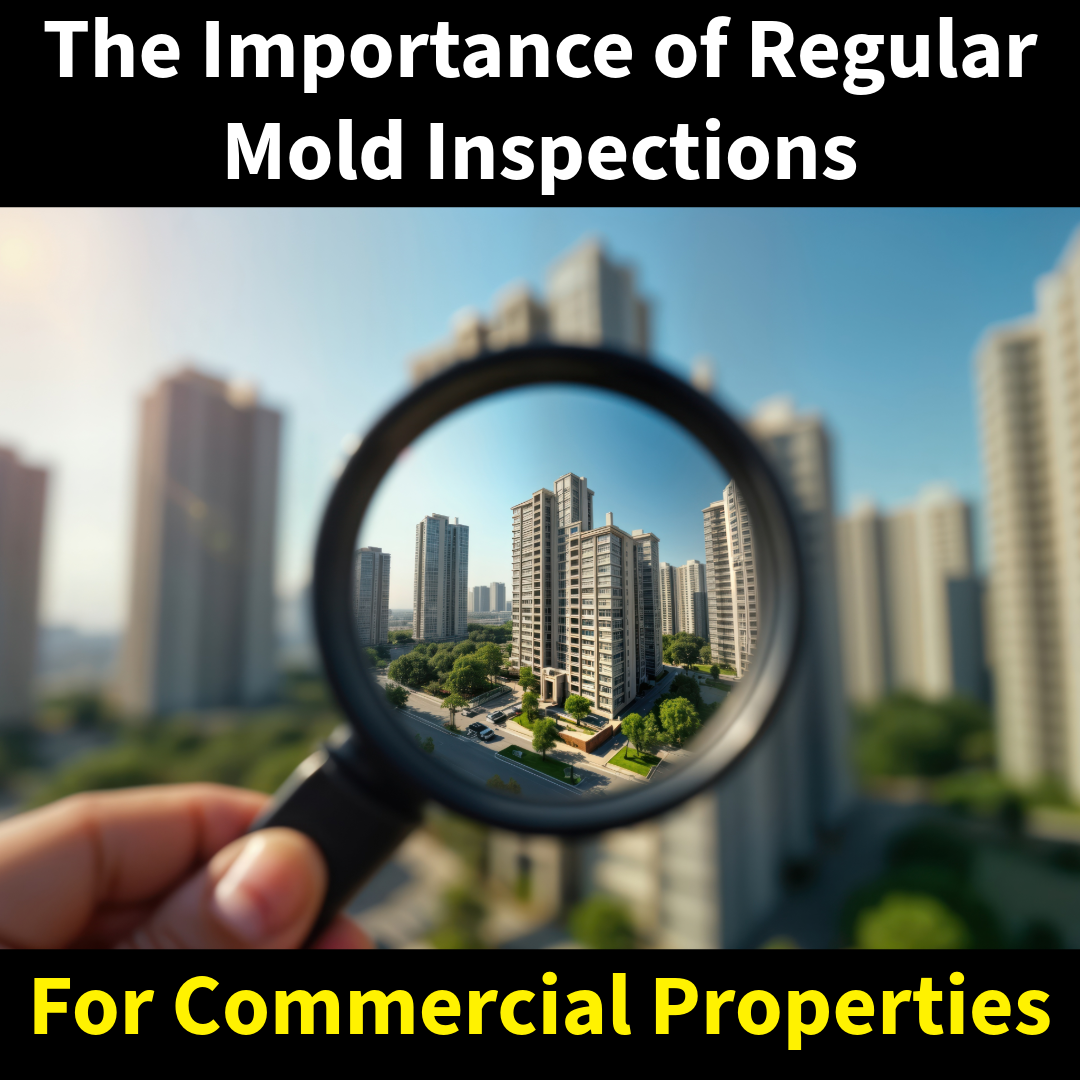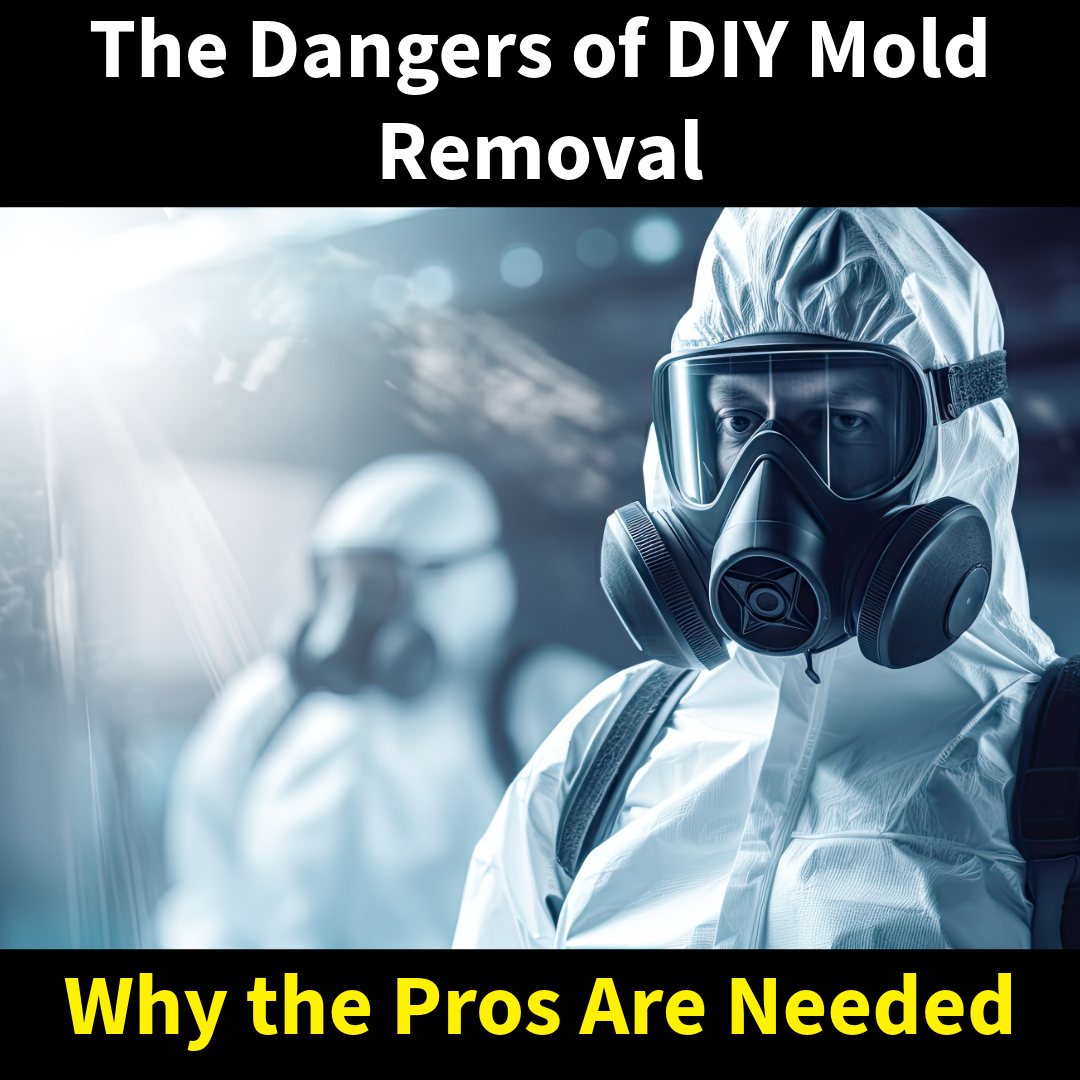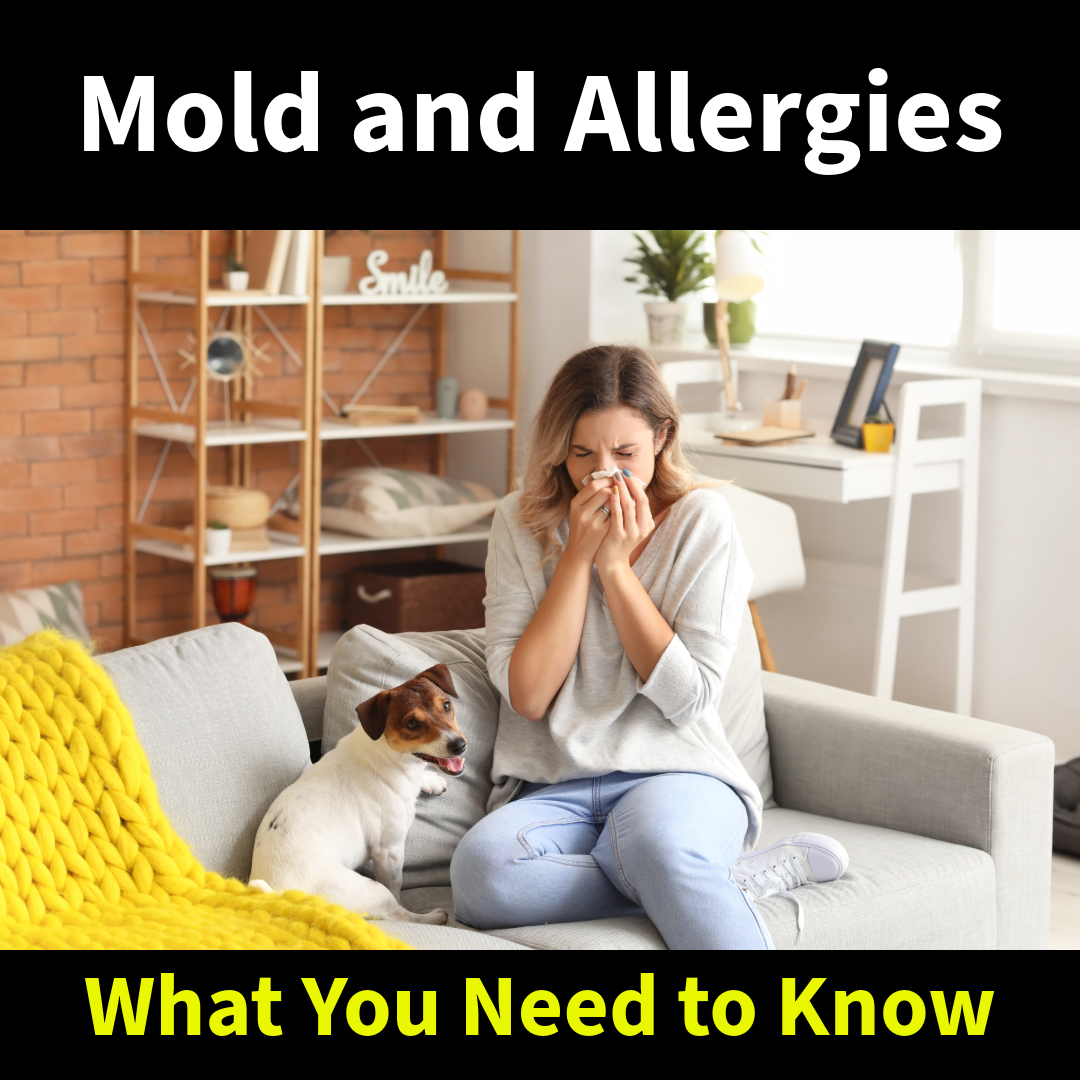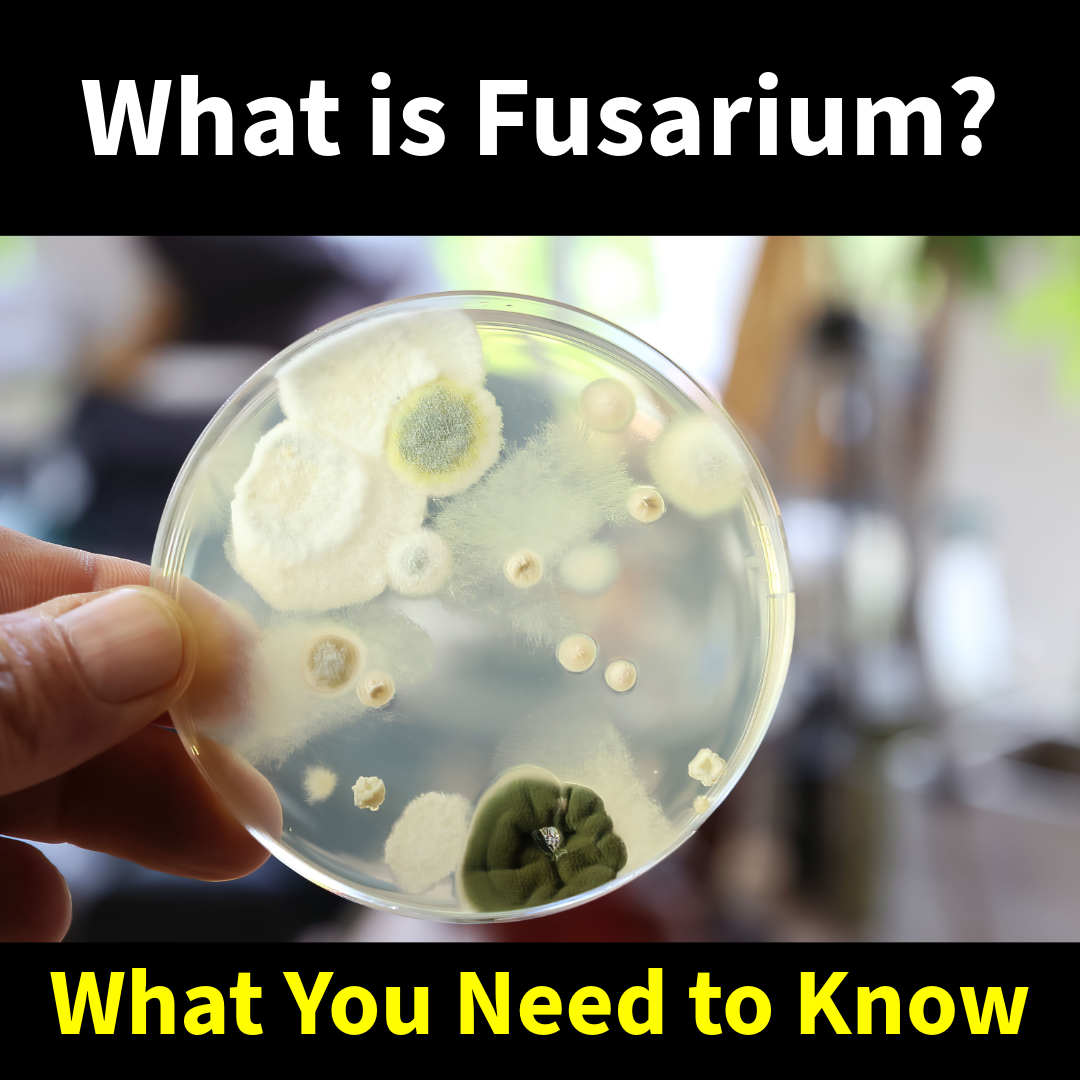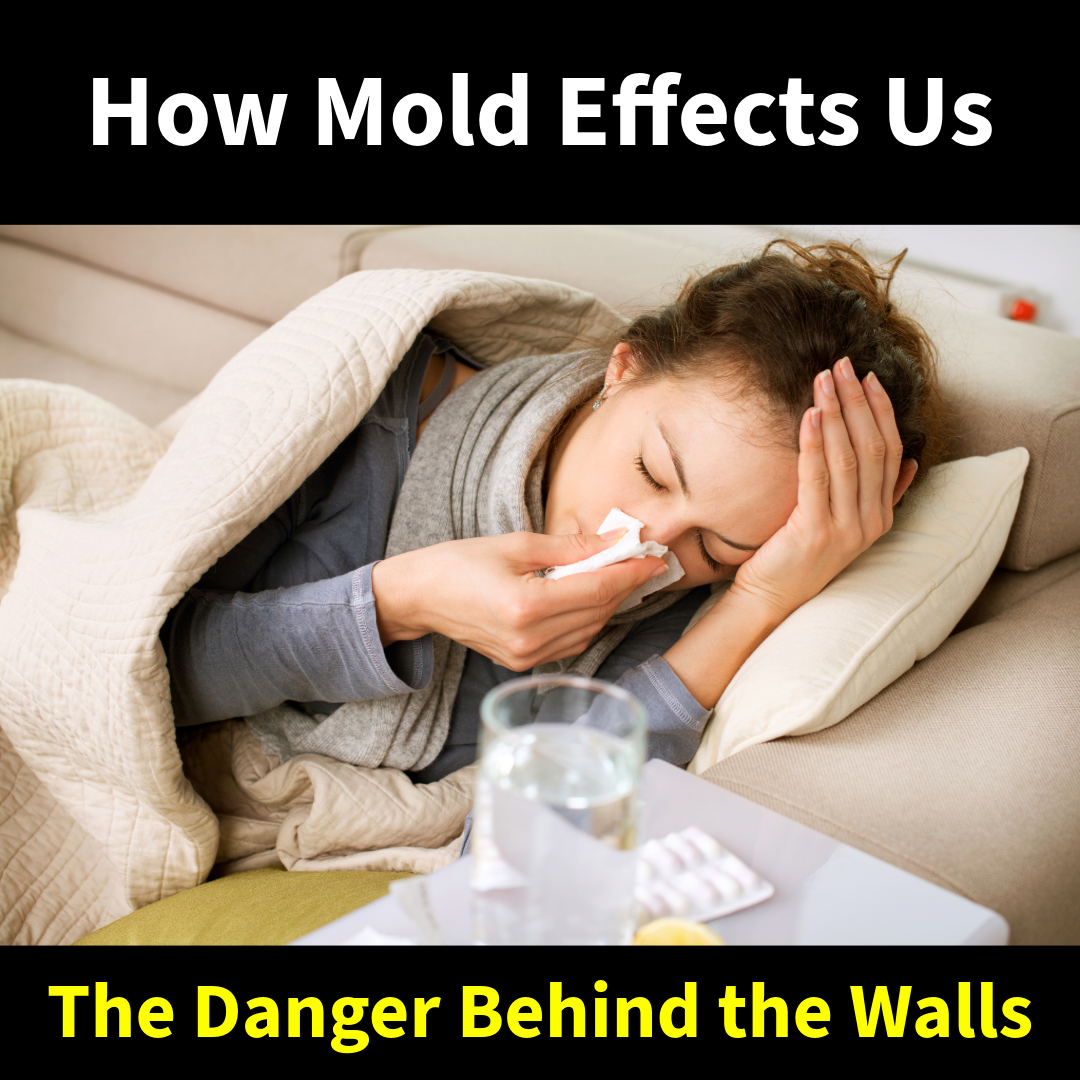For many businesses, maintaining a safe and healthy environment is crucial not only for the well-being of employees but also for ensuring uninterrupted operations. One often overlooked aspect of facility maintenance is mold prevention. Mold can not only cause significant property damage but also pose serious health risks. Regular mold inspections are a key defense in identifying potential problems before they escalate into costly emergencies.
Why Regular Inspections Matter
Mold thrives in moist environments and can grow on a variety of materials commonly found in buildings, such as drywall, carpet, and above ceiling tiles. In commercial settings, where the health of a large number of individuals and the condition of significant investments are at stake, the importance of mold prevention cannot be overstated.
Regular inspections by professionals can:
- Identify Potential Issues Early: Early detection of moisture and mold can save a business from extensive mold remediation costs.
- Prevent Health Risks: Mold exposure can lead to respiratory issues, allergic reactions, and other health problems. Regular checks help protect employee health, reducing sick leaves and potential liability.
- Preserve Structural Integrity: Mold can undermine structural components, leading to deterioration and unsafe conditions.
- Maintain Property Value: Buildings with a history of mold problems can suffer from reduced property values. Routine inspections and maintenance are key to upholding your property’s value.
What Does a Mold Inspection Include?
A comprehensive mold inspection by MSI involves:
- Visual Examination: Our trained inspectors look for visible signs of mold growth and sources of moisture.
- Moisture Assessment: We use specialized tools to measure moisture levels in walls, floors, and ceilings to pinpoint potential mold growth areas.
- Air Quality Testing: Sometimes, mold isn’t visible but still affects air quality. Air samples can be tested for mold spore levels to ensure a safe working environment.
- Detailed Report: Following the inspection, we provide a detailed report outlining any issues found and recommendations for addressing them.
How Often Should Inspections Be Conducted?
The frequency of inspections can depend on several factors including the age of the building, previous mold problems, and the presence of conditions conducive to mold growth. However, a general rule of thumb is to schedule professional inspections annually or bi-annually. Businesses located in regions with high humidity or those involving significant water use might consider more frequent checks.
At MSI, we’ve been helping businesses stay mold-free since 1998, ensuring that your workplace remains safe, healthy, and operational. Don’t wait for visible signs of mold to appear. Proactive inspections are the best strategy to protect your assets and health.
